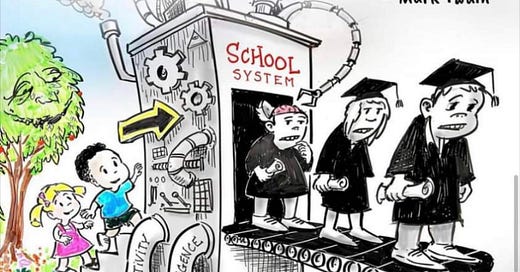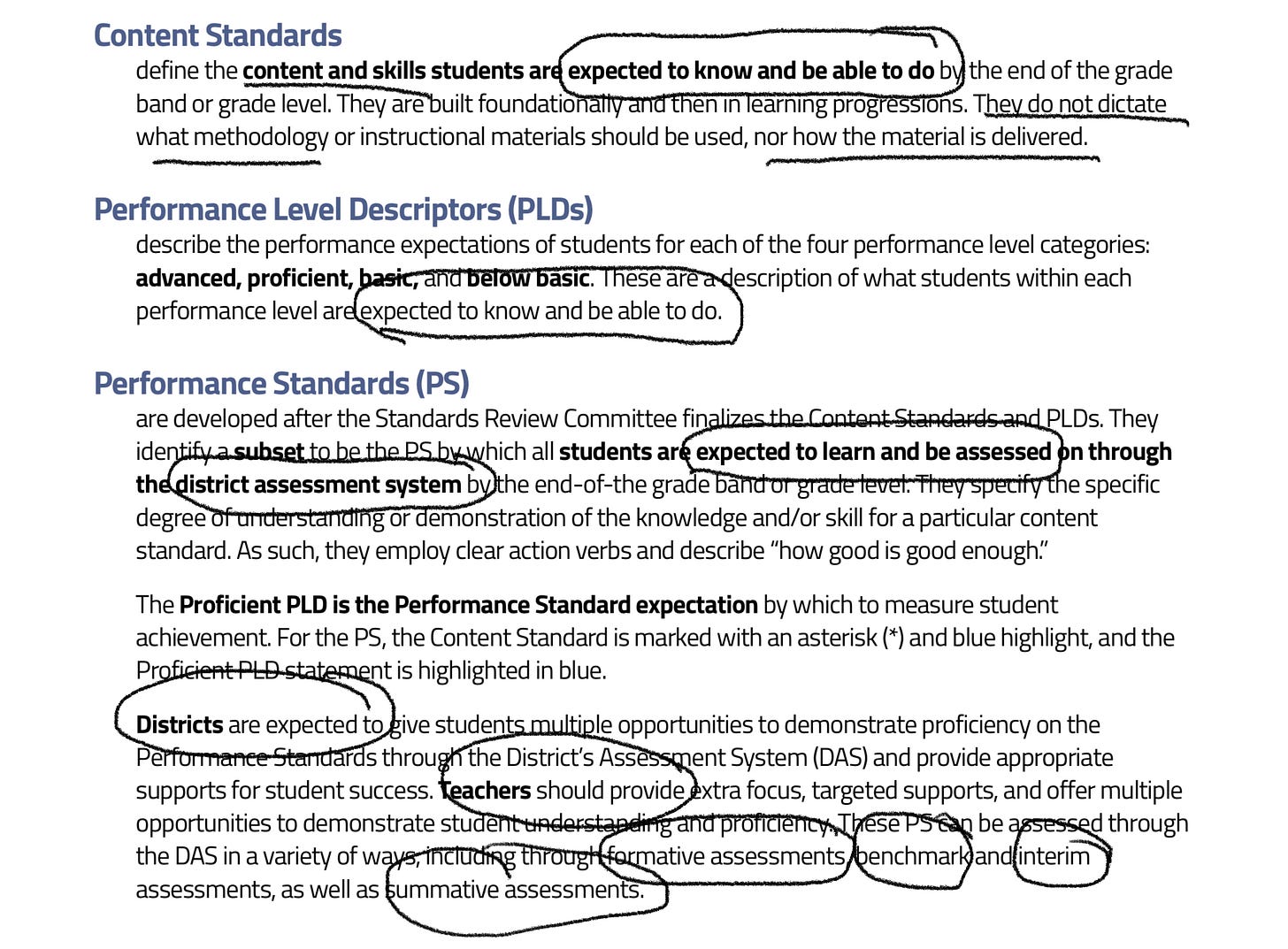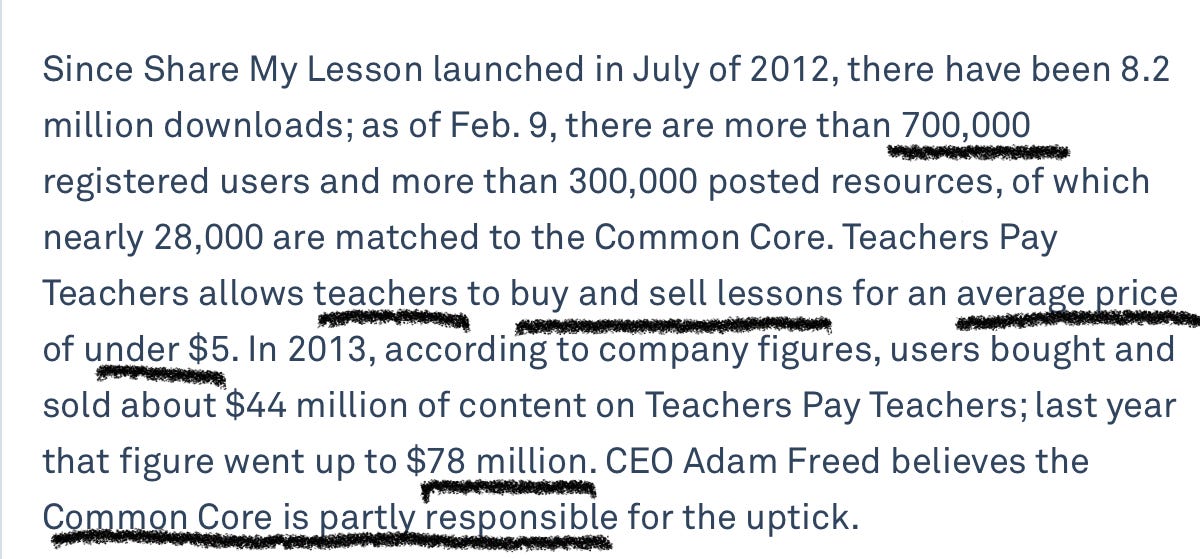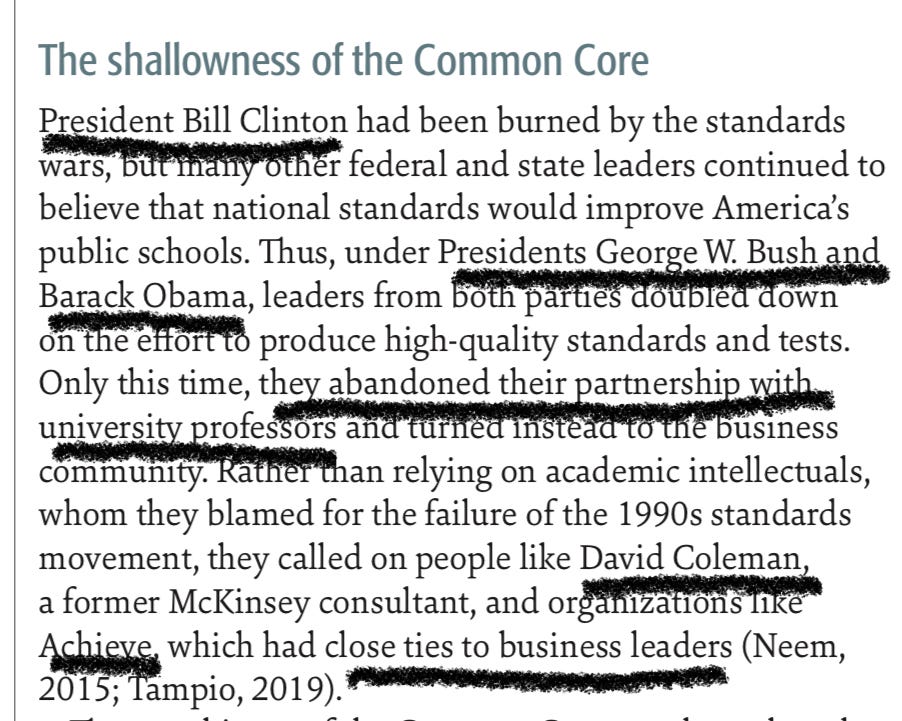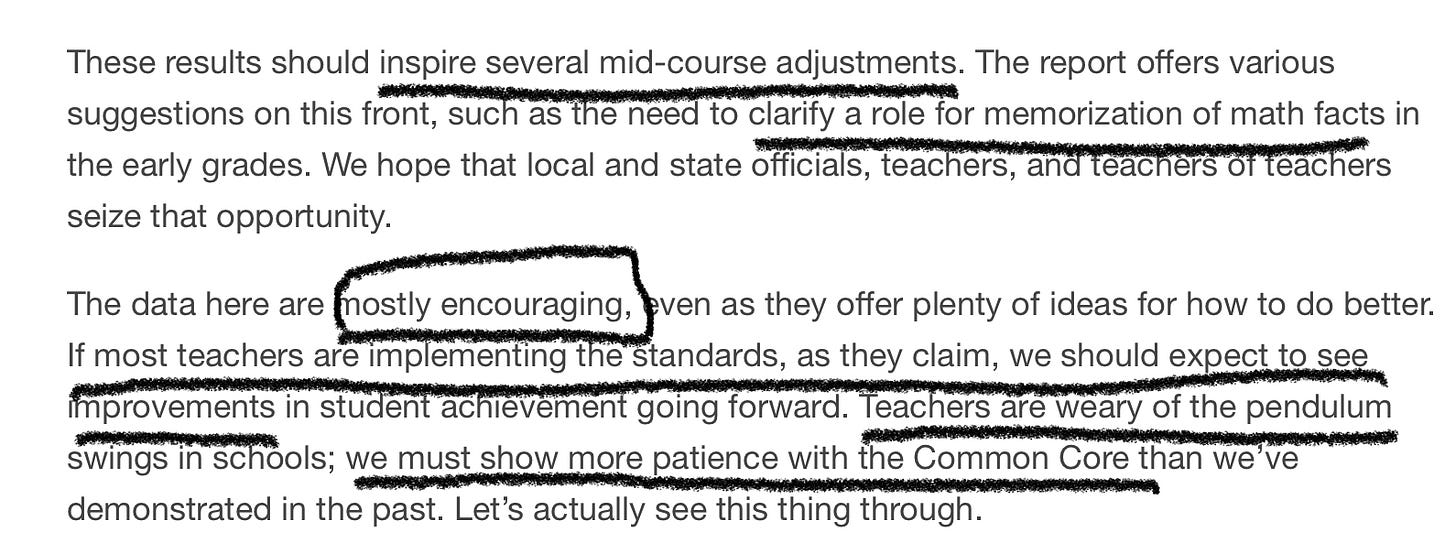A Problem at the Core
The political will to create an equitable public school system to educate the electorate of the United States has waxed and waned since colonial days. From the beginning, the right to own a gun took constitutional priority over the right to attend a public school.
An inherent tension between the economic exploitation of labor and the educational mission of public schools has left public schools perennially stuck. Historically, the working class has had little need for schooling in the eyes of the employer. Only in recent years has special knowledge been required of the hourly working person.
After decades of local responsibility for schooling, after a century of a thriving slave economy shored up by white trash, in 1867, the federal government instituted a Department of Education to coordinate and lead the schooling of the children of freed slaves and of the white worker.
In a chapter titled The White Worker (W.E.B. DuBois, Black Reconstruction in America, 1935, 1962, 1992, 1998), Abraham Lincoln was quoted to illuminate the lack of urgency betrayed in the American assumption that poverty naturally reproduces poverty in the next generation:
“I am not ashamed to confess that twenty-five years ago I was a hired laborer, mauling rails, at work on a flat boat,” said Lincoln in 1860; “—just what might happen to any poor man’s son” (p.17).
Poverty, seen as a necessary by product of capitalism, and immigration gave birth to the white working class of the North as surely as slavery supplied labor for Southern plantations. Du Bois wrote the following words as a subheading for his chapter title, “The White Worker,” to summarize the twisted relationships among immigrants, white workers, and slaves, pitting them against one another to benefit the employer:
“How America became the laborer’s Promised Land; and flocking here from all the world the white workers competed with black slaves, with new floods of foreigners, and with growing exploitation, until they fought slavery to save democracy and then lost democracy in a new and vaster slavery” (p.17).
The powerful idea behind Reconstruction was to provide public schools for everyone using tax payer money to lift up those who had been enslaved, exploited, dominated, or ignored. In this way stopping slavery would save democracy. Failure to teach the subjugated and impoverished would lead to a new form of slavery.
But a federal Department of Education was no match for a slave power capable of spawning the KKK. For the next century the growth of a system of educational apartheid built into the legal system flourished until 1954 when the Supreme Court declared that schools had become grotesquely undemocratic, unconstitutional, as biased as the Three-Fifths Clause.
In 1967, the U.S. Secretary of Education set up machinery to assess the effectiveness of public schools in part to expose the learning gap between the races. Expose, it did. We have become expert in exposing inequity.
Even those who had a much better chance of using schooling to improve their status, the white worker, is aware that public schools are created not to educate, but to warehouse. Here is a visual I found posted on a Facebook site of friends of Donald Trump.
In 2000 No Child Left Behind mandated that each state write state standards for students and use them to improve local outcomes. Students were to be measured annually in basic subjects with a goal of 100% proficiency by 2014.
Although the ostensible purpose was public accountability for each child’s progress, each state was free to set its own proficiency standards—a rubber ruler. It was clear by design that 2014 would come and go, that no child would be left behind—on paper.
After twelve lost years of a false and hollow political effort to make schools equitable opportunities for learning, the United States finally got its set of national standards to apply in its quest for accountability. In 2010 state after state embraced an official blueprint for manufacturing students wired to fill slots in a capitalist meritocracy, career or college ready.
Some states massaged the standards and affixed the state’s name: California’s Common Core. Some states like Wyoming dialed in a complete assessment circuit starting with the language of then federal standards and ending with a teacher in a classroom. Witness1:
A survey of teachers in 2016 found that teachers were under pressure on two fronts. First, the assessment task had morphed into an octopus with tentacles stretching throughout the year. Second, especially for math, Core-aligned curriculum materials were by design unavailable, sparking the launching of websites for teachers to share their work in instruction development like Betterlesson.com and Sharemylesson.com. Witness:
In essence, the Core strategy weakened governmental oversight of public schools at the federal level even more than No Child Left Behind by permitting state governments to offload responsibility to Local Education Agencies.
Neem (2020) developed the argument that the Core represents a complete abandonment of the American ideal of liberal education as the anchor for a democratic vision of schooling. Witness2:
Conservative political ideologists are happy with the Common Core. The following excerpt from a publication of the Hoover Institute expresses this sentiment in the conclusion of a report analyzing results of a survey of teachers’ opinions about Common Core math standards. Survey data are mixed on questions about the appropriateness of the tasks for elementary children, but according to the survey a fair number of teachers say they have found value in the guidance from the standards.
Unfortunately, the report belittles opinions from elementary teachers who are unhappy by referencing the cliche that elementary teachers are notoriously weak math teachers. The standards are fine; the schools are fine; the teachers are bad. Middle school teachers report that their students are generally underprepared, again attributed to poor quality elementary instruction. Yet no recommendation is given beyond watchful waiting for nothing to change. Witness:
In an earlier post on scripted reading instruction, I noted an instance where the publisher of the materials expressed complete confidence in the script. If students fail to learn, it’s not the materials—it’s the teacher. “If teachers are implementing the standards, as they claim, we should expect” better student achievement—teachers on remote control do better if they just follow the script.
The level of sheer ignorance among the population exposed during the Trump years must give our generation pause as public schooling crumbles. The promise of Reconstruction after two centuries of slavery was quickly extinguished not to reappear for another century with Brown v Board of Education. We have reached another crisis point.
The political will to improve resulting from the Coleman Report in the 1960s quickly faded, and a lack of federal leadership in recent history has brought us to the Common Core. Only in the current context would anyone try to make the argument that direct instruction in phonics is going to solve the problem at the core of American schools.
https://edu.wyoming.gov/wp-content/uploads/2022/01/Wyoming-Content-Performance-Standards-Definitions.pdf
https://fordhaminstitute.org/national/commentary/what-teachers-really-think-common-core-math-lessons-new-fordham-study#:~:text=Most%20teachers%20are%20partial%20to,students%20and%20their%20parents%20are.
https://www.pbs.org/newshour/education/common-cores-unintended-consequence-teachers-write-curricula
ANTI-INTELLECTUALISM AND EDUCATION REFORM
Author(s): Johann N. Neem
Source: The Phi Delta Kappan , April 2020, Vol. 101, No. 7 (April 2020), pp. 10-15 Published by: Phi Delta Kappa International
Stable URL: https://www.jstor.org/stable/10.2307/26977092
